Rembrandt and ‘The Conspiracy of Claudius Civilis’ — Great artwork will not always please the client.
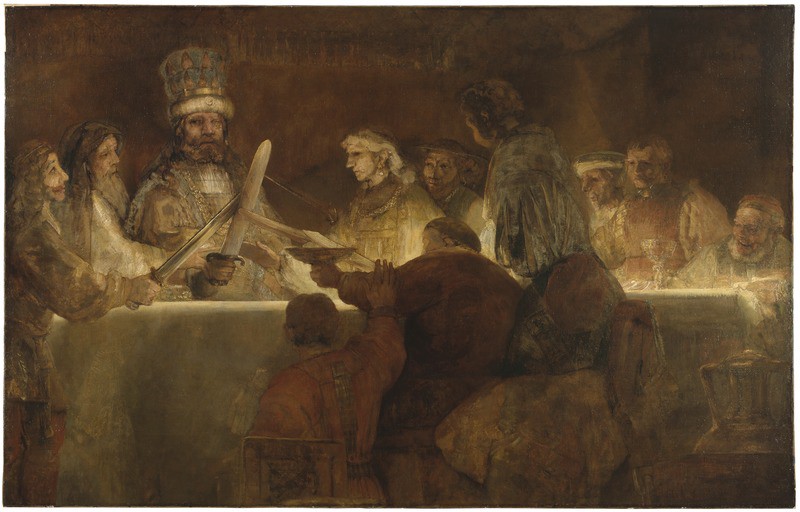
Rembrandt and ‘The Conspiracy of Claudius Civilis’ (Wikipedia)
Rembrandt Harmenszoon van Rijn, not only produced some of the most famous artworks of all time, paintings such as the Night watch, The Storm on the Sea of Galilee and Self-Portrait with Two Circles, but he is also considered to be one of the greatest artists in the history of his craft.
He was a master of portraying human emotions, illuminating a scene with light and telling a story within his visual work.
One of his lesser-known paintings, The Conspiracy of Claudius Civilis, was commissioned by The Amsterdam City council for a new town hall (now called The Royal Palace). Originally, it was completed as part of twelve paintings ordered by the council to be done by Govert Flink (who was previously one of Rembrandt’s art pupils), but due to his unfortunate and sudden death, the paintings were distributed amongst other artists.
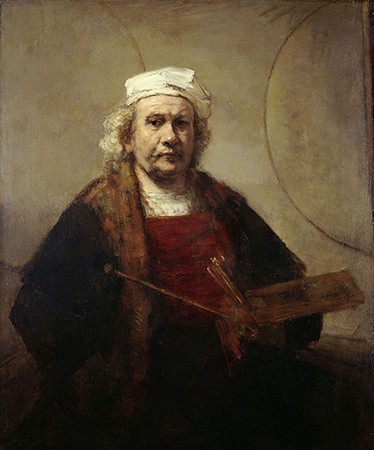
Rembrandt was one of the artists commissioned to paint scenes from The Batavian Rebellion (69–70 AD). The rebellion by the former inhabitants of Holland against the Romans was based on Tacitus’s, The Histories. Tacitus was one of the most decorated historians of his time and this rebellion, according to Tacitus, was led by a one-eyed chieftain, Claudius Civilis.
Claudius was an astute leader, who was imprisoned twice by the Romans under the charge of rebellion. But whilst in imprisonment, he befriended a Roman Emperor to win back his freedom and following his release he returned to his lands. Upon this and with the leadership of his tribe, and the support of all other tribes of the occupied Batavian area, he organised a revolt against the Roman Empire in that region.
In this painting, Rembrandt chose to depict the sword-oath ceremony led by Claudius and the chieftains of the supporting tribes. Although the actual scene was invented by Rembrandt and no such ceremony occurred.
After its completion, the painting was hung in the town for just a few months but then was returned back to him for modifications, the reasons for which are not documented and will likely not ever be known.
The request for change did not go down well with Rembrandt and he asked for more money to carry out the work, for which the council refused, so Rembrandt kept it.
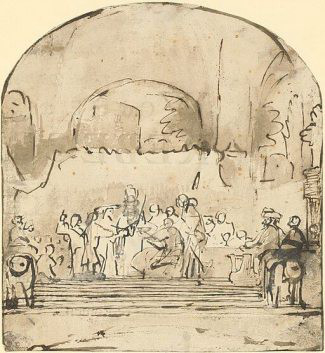
Perhaps the council was expecting something more like the Night watch, but what they got was something done in a different style that was far less flattering to the characters in the scene.
He painted human beings and not a polite, polished and idealised view of a moment in history (like some of the other commissioned paintings that still hang in the town hall). What they were looking for, was not what Rembrandt had envisioned, and how he told the story through the characters did not sit well with them.
This painting came from his heart and when something comes from the heart it takes on a soul of its own. He was connected with it and making changes went against the message he was portraying.
Each one of you reading this can understand what this means. We all have values and these values so often get challenged. The degree to which varies, but it takes strength to resist things that compromise our beliefs.
Of course, it must be noted the importance of listening to feedback and having an open mind when it comes to any individuals work, but as long as any feedback is taken on board with an open mindset then ego, pride and fear will not get in the way to improvements or seeing things in a true light. However, feedback, when listened too, does not mean it has to be followed and in this case, Rembrandt did not value the feedback!
The painting, therefore, had no further artistic changes made and was never again seen on display in Amsterdam.
However, he did cut the painting to a quarter of its original size, but the exact reasons for this are not known. It may just have been to save space in his studio. But in 1734, it was sold to a Swedish merchant at an auction and was deposited at the Royal Academy of Fine Arts in 1780.
Finally, it was donated to the academy in 1798 and taking us up to the present period, the last exhibition of the masterpiece was held in the Gothenburg Museum of Art in 2018.


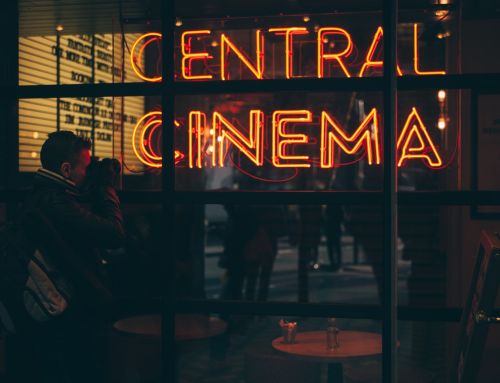
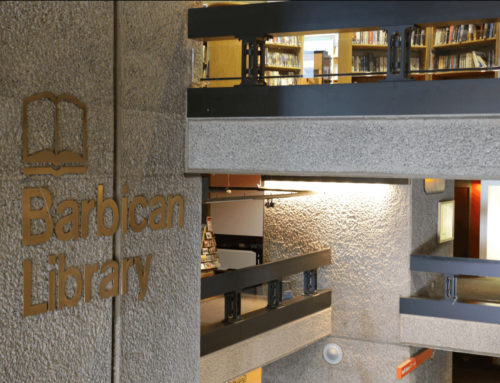
Leave A Comment